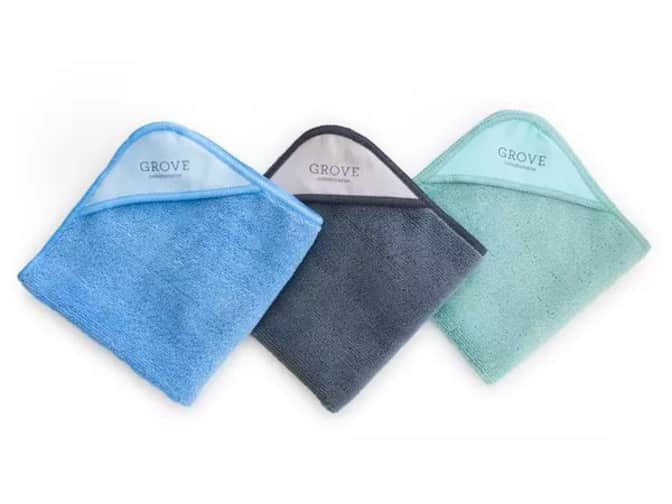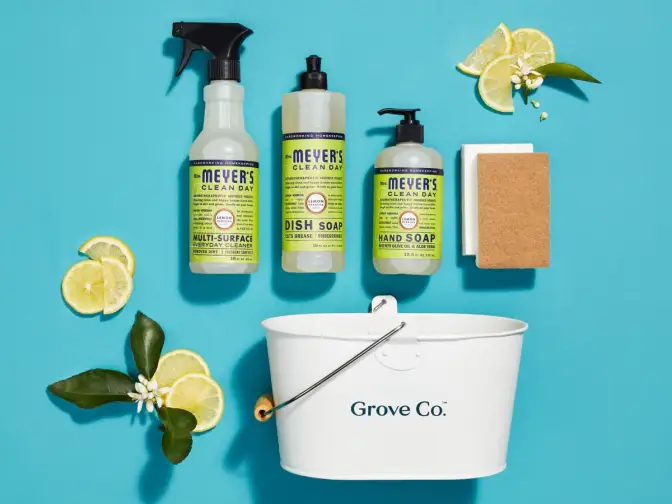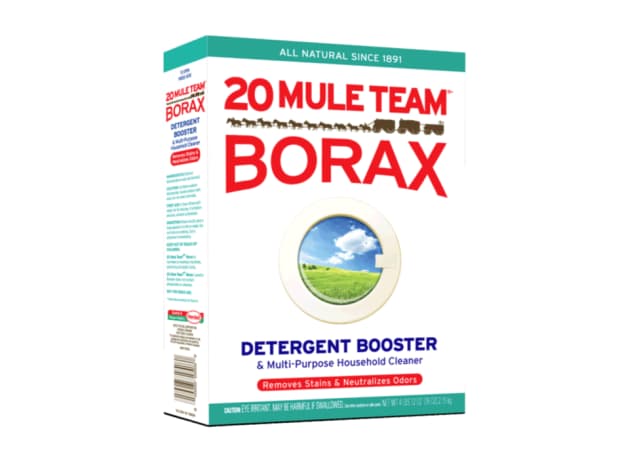Microfiber vs. cotton for furniture and clothes
Microfiber sheets, clothing, and upholstery are softer than cotton, but they’re not as breathable. They resist pilling better, but they wear — and sleep — warmer. It also doesn’t shrink or wrinkle like cotton does, and it’s more durable and affordable.
If you have sensitive skin or often overheat, microfiber clothes and sheets may be uncomfortable for you.
Brushed microfiber, which is especially popular for sheets, couches, and blankets, is more velvety, thanks to the brushing that lifts the fibers to make them softer and fluffier.











